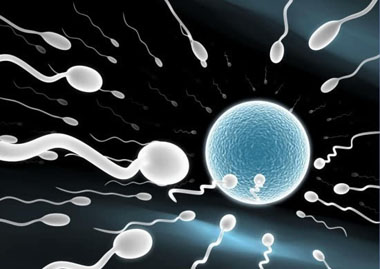
Since male fertility problems are diverse in number and origin, sperm-related disorders are usually classified according to the semen parameter they are altering.
Necrospermia (also known as necrozoospermia) refers to immotile sperm, accounting for more than 50% of a man’s sperm.
The seminogram is the test that evaluates male fertility. It is the microscopic study of a semen sample in which the condition of some parameters is studied (sperm concentration, sperm motility, and sperm morphology). If the sample shows that more than 50% of the sperm are immotile, it might mean that they are either unviable or non-motile. Necrospermia is diagnosed when they are actually dead. On the other hand, the presence of more than 50% of viable-but-immotile sperm refers to a disease called asthenozoospermia.
A hypo-osmotic test is performed in order to assess sperm vitality. A viable spermatozoon has its membrane (outer layer) intact, whereas an unviable or dead spermatozoon has a perforated membrane. Therefore, an "alive" cell is able to regulate the pump in and out of substances and molecules. Sperm are introduced in a hypo-osmatic fluid and viable sperm will react to this solution swelling their body and curling their tail. Those that are unviable will not react.